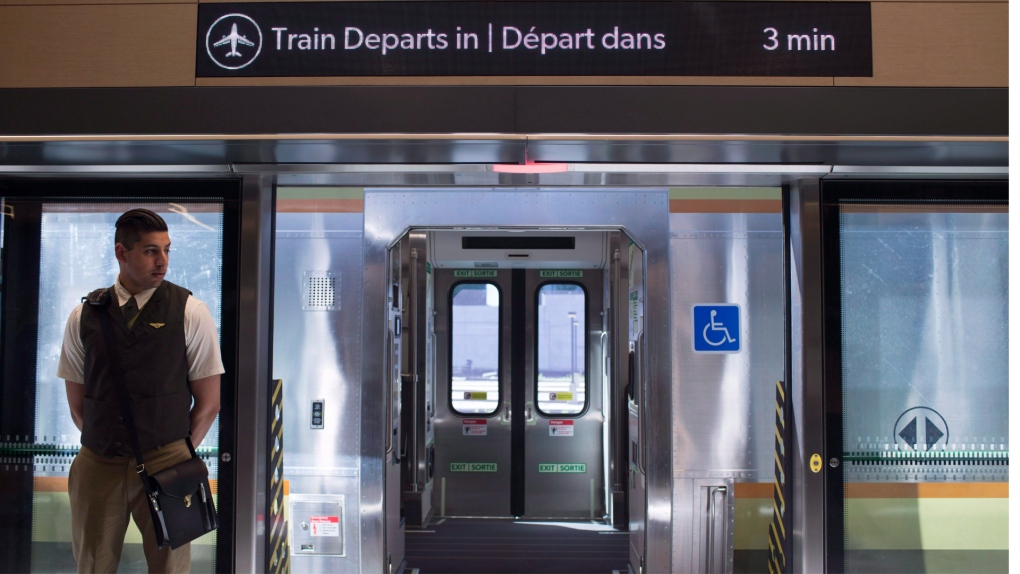^The
full report is on line and it’s an interesting (horrifying, actually) read. It’s a scenario where the working crossing protection was not the only stimulus that the people making the crossing were processing. One has to balance the “why did they ignore the gates” with human nature - there were other clues that the pedestrians were monitoring and processing - and with the basic design assumptions of the grade crossing. The toll could have been a lot higher. The solutions are all bandaids in the sense that you have a busy switching lead beside a main track that crosses a busy road - there will always be heightened risk there, short of grade separation.
The issue that got the headline is a bit of a sideshow but significant in its own right. Basically, while Transport Canada does safety inspections and monitoring over Metrolinx, it has no authority to order ML to fix anything that it finds. Any TC findings are effectively suggestions and (because the Province hasn’t staffed its rail safety office) nothing happens if they are ignored.
It’s not that ML doesn’t manage safety diligently, but effectively they don’t answer to anybody in the usual way that other railways in Canada do. And where CN, VIA, and ML all operate on the same tracks, they answer to different places in terms of safety. That’s not a good thing, and it generalises well beyond Lancaster - all railroads need an independent watchdog, and if the Transport Canada watchdog has no bite, the safety framework needs improving.
- Paul
